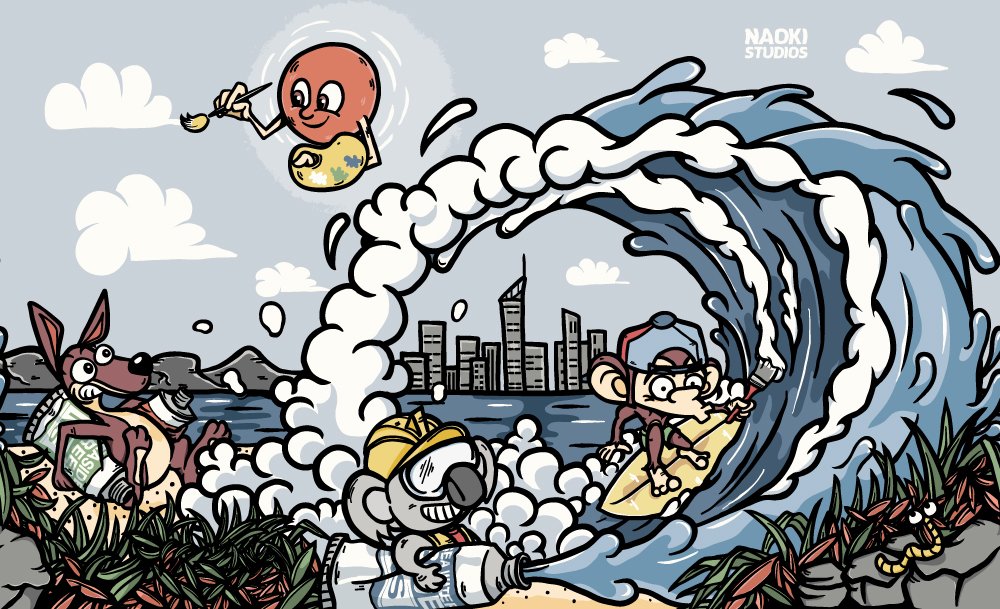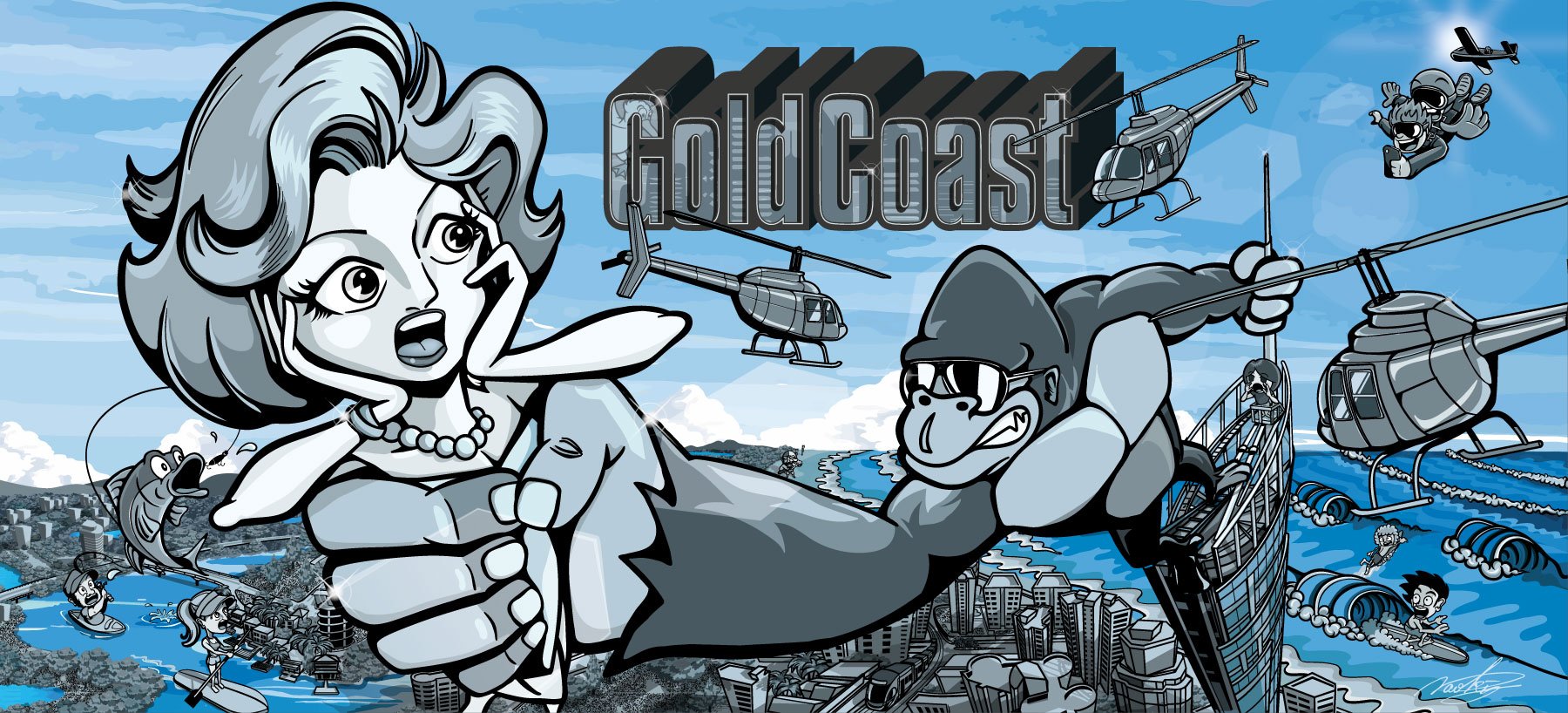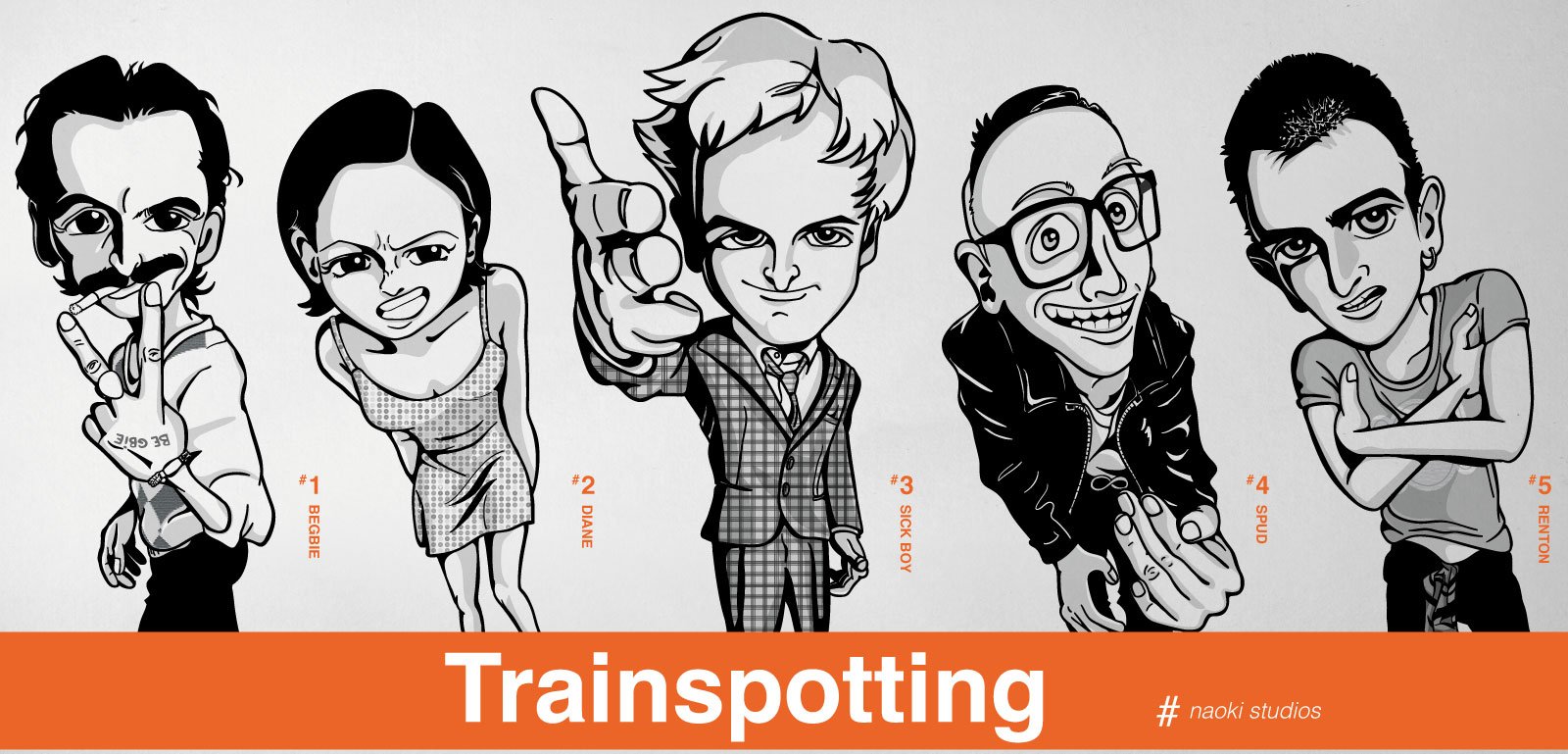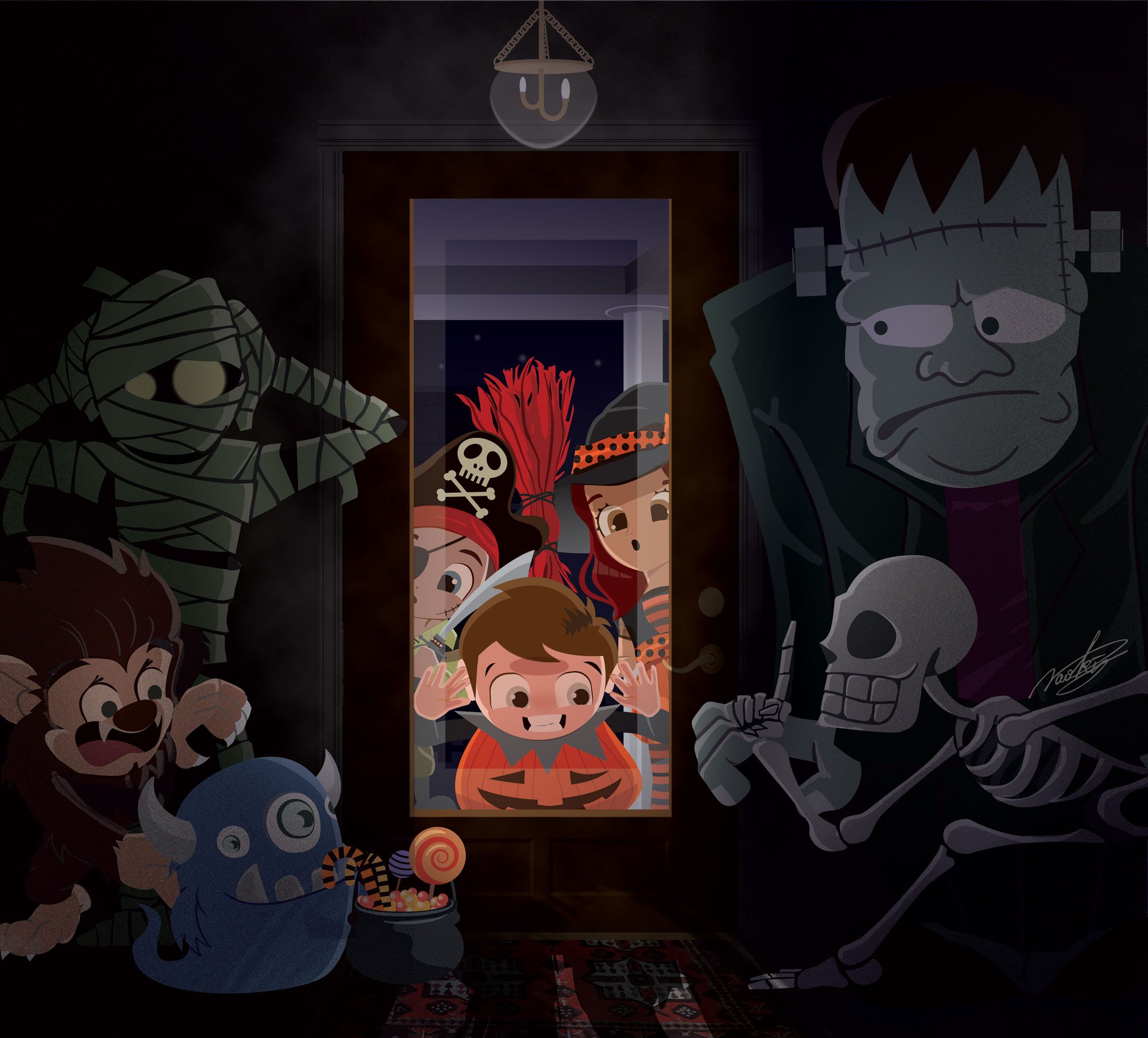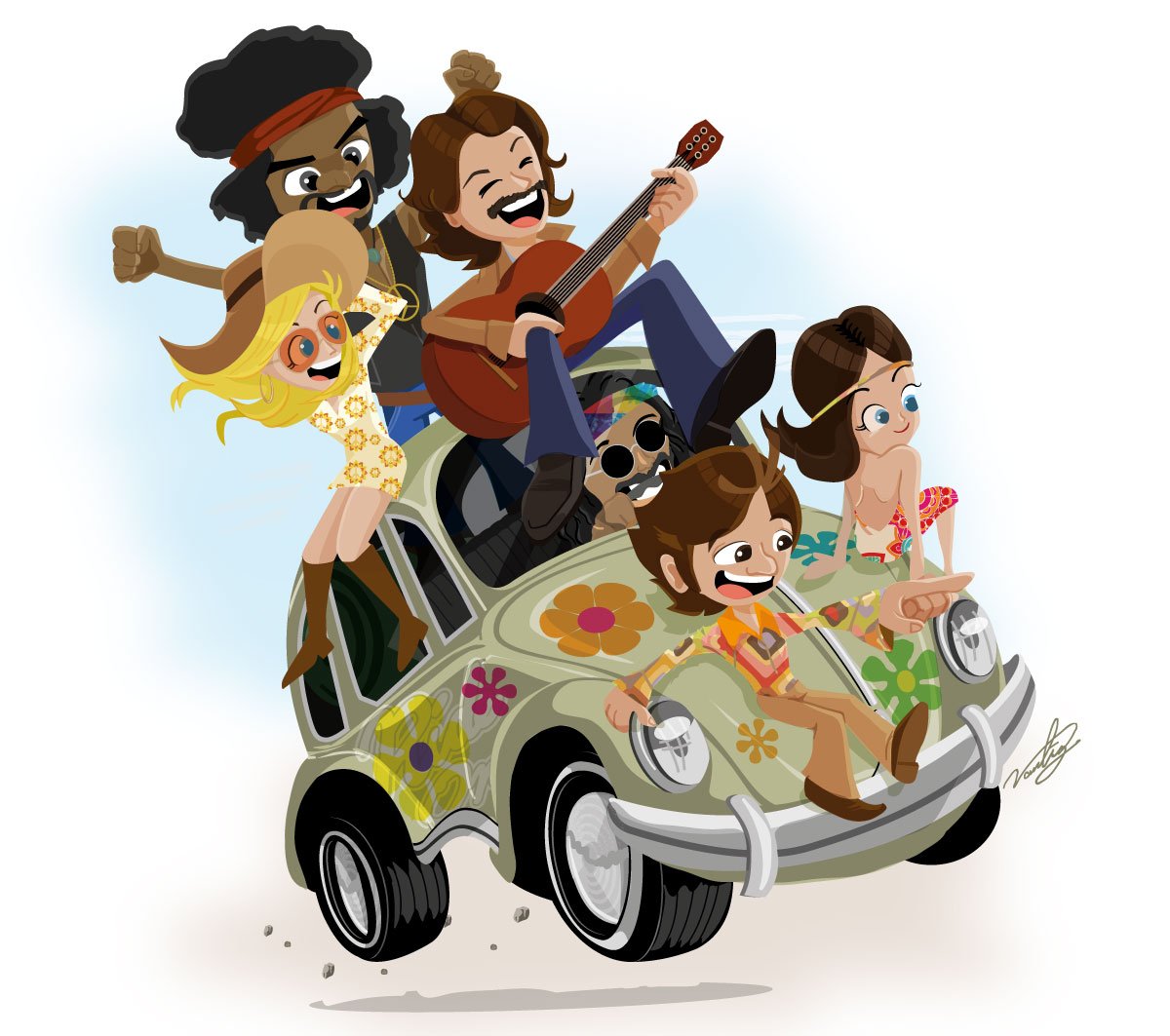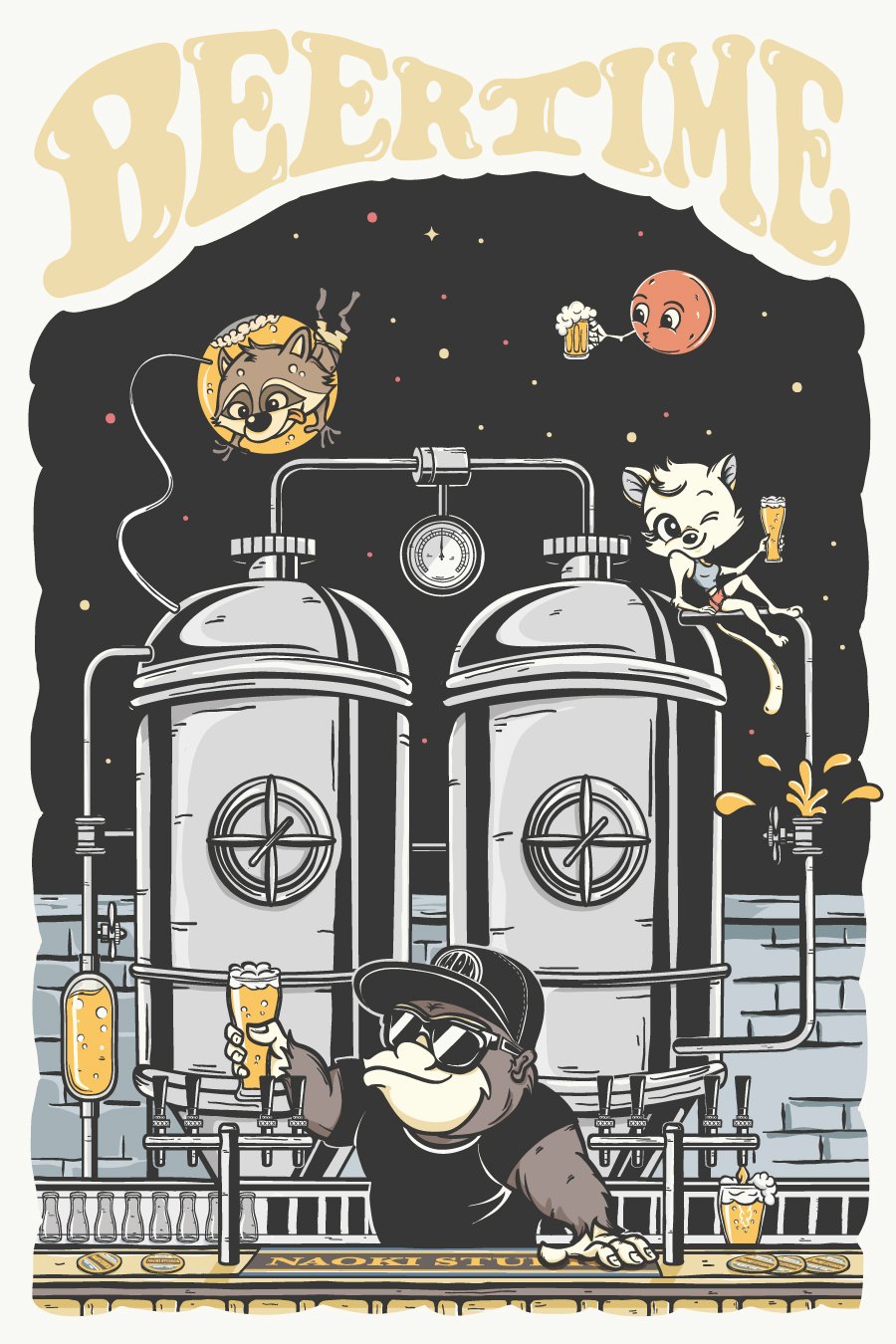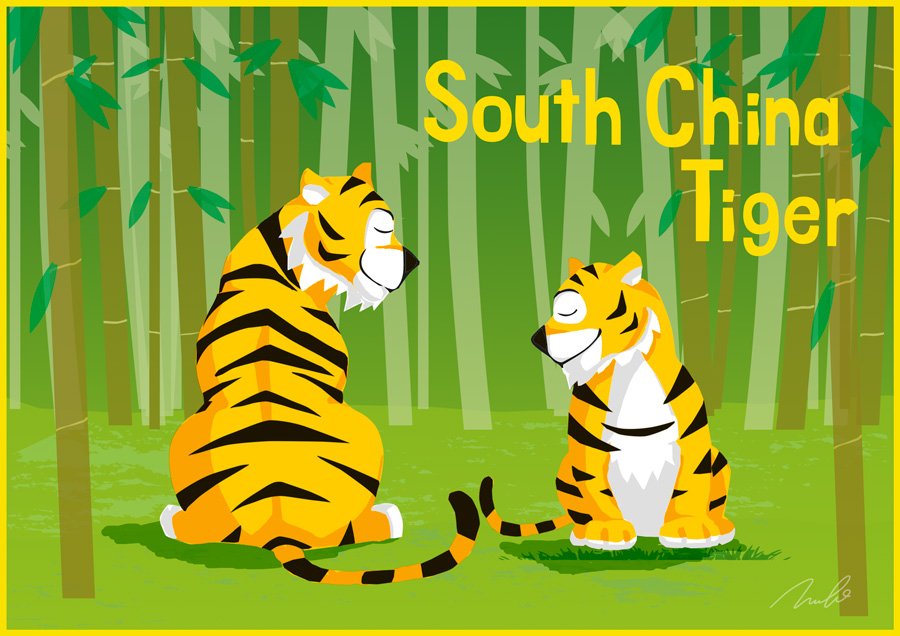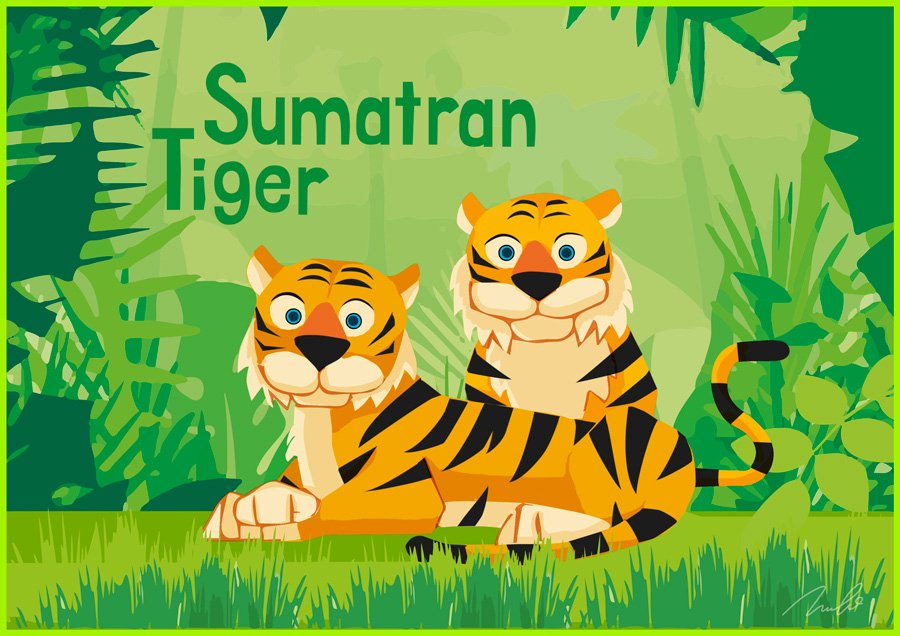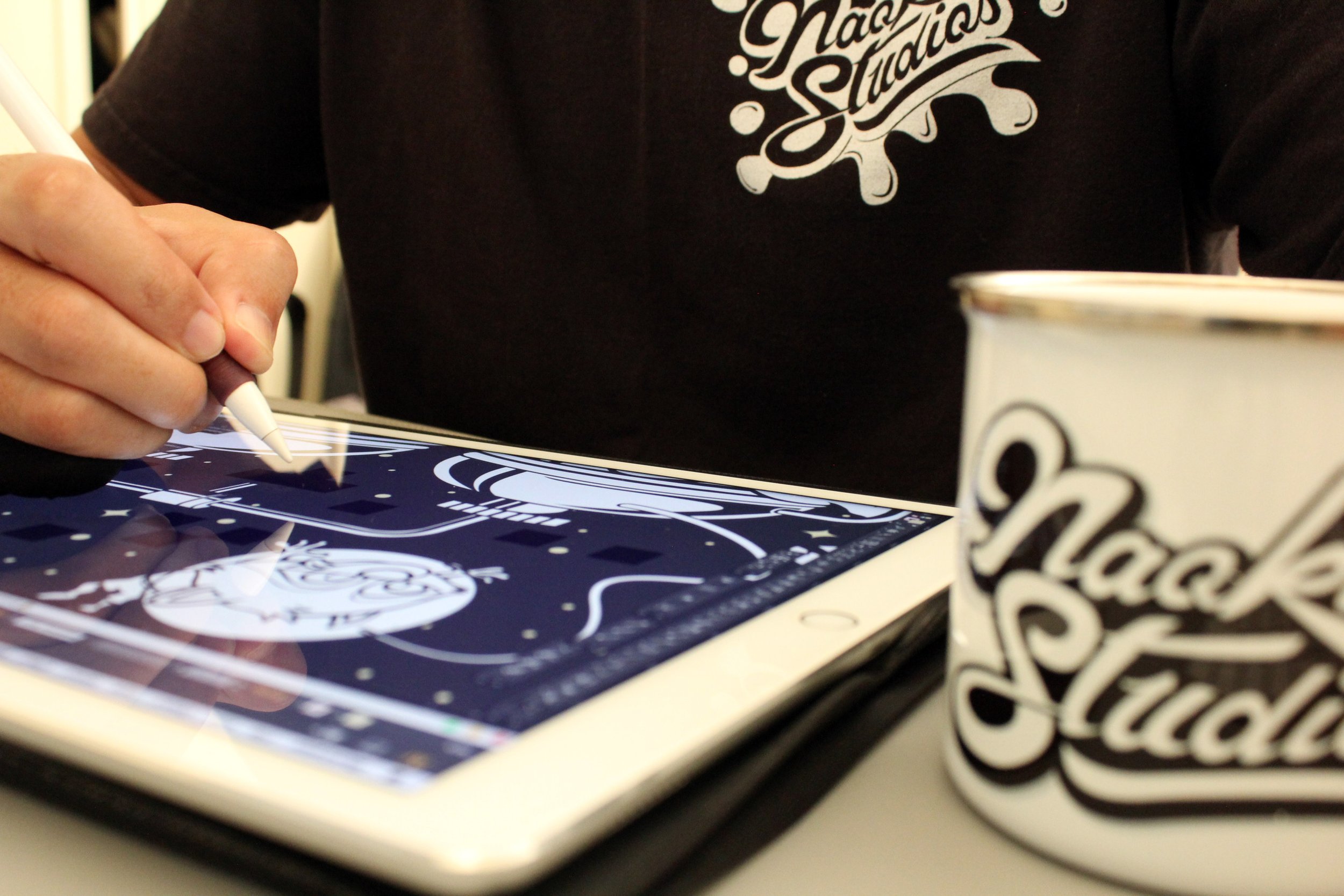Interview
Naoki Kinoshita
Naoki Kinoshita is a graphic designer and illustrator who was born in Yokohama, Japan. In 2008, he moved to Australia where he completed a diploma in graphic design at TAFE NSW, Australia. Naoki went on to obtain a Bachelor’s degree in digital media at Queensland College of Art, Griffith University, in 2016.
After winning a few local prizes, including the illustration commission for a local newspaper for Respect campaign, Naoki started ‘Naoki Studios’ as a freelance design studio. He has commissioned the graphic design and illustration elements for both local and international clients. Naoki's illustrations have two remarkable styles: a bold-line street style illustration and soft style no outline vector art.
Naoki is also passionate about teaching design, and currently teaches graphic design at schools in Gold Coast and Sydney.
What is your background and how did you start your journey in the art world?
“Japan, where I was born, is a country full of graphic content through comics (manga), animation, music jackets, billboards and posters on the streets. Many kids have been influenced by them and have spent much time drawing the characters from comics. I was one of those kids who drew all the time, but I never thought I could make it my career. In 2000, I came to Gold Coast, Australia, on a working holiday and decided to live here. I changed my career to graphic design, which is my primary passion, and started my professional career in 2013 as a freelance graphic artist under Naoki Studios. I have been working for a broad range of clients.
I had the opportunity to experience teaching other students during my university study and I instantly fell in love with teaching young artists. I went into the education sector after completing my university degree, and I’m currently teaching graphic design at schools across Gold Coast and Sydney, along with being a graphic artist.”
What inspires you most?
“The idea of my artwork is inspired by my life, experienced through my having two cultural backgrounds, Japanese and Western. My work is based on my life journey. My perspective of seeing things in everyday life is unique, and it turned out to be a good affection for my creation.
I also appreciate the power of nature. I live about a 15-minute drive from the beach where I surf, walk or sit down to think. It is a very important moment for my creation, since it helps me relax and collect bits and pieces of ideas.
Music and movies are other essential factors in my life. I have been obsessed with them since I was a teenager. They have definitely given me huge inspiration for my creative aspects.”
What themes do you pursue? Is there an underlying message in your work?
“I try to express my appreciation of the world around us: nature, entertainment, people and life itself. I prefer drawing people. I think our life is full of dramas, and you can find vast creative sources if you look around. I want to express unique human behavior in my art.
I think of children as my primary audience, so I try to keep the artwork friendly and fun. I want them to enjoy seeing my art. Children are our future. I like to play a part in helping them choose the right track in their life.”
“I often use animal characters in my artwork to remind us that as human beings, we are just a part of nature, even if we think we’re sitting on the top of the ecosystem. I make these animal characters speak like humans, to show that there’s no difference between humans and other animals.”
How would you describe your work?
“The best description of my art is the storyboard that connects the primary message and the audience. My artworks have unique characters who invite the audience into a part of the scene, to let them see the primary message.”
Which artists influence you most?
“My work is influenced by Arthur de Pins, a French cartoonist. I like the way his expressions tell the story. I also like '70s comix artists such as Rick Griffin, Gilbert Shelton and Robert Crumb from whom I learn dynamic drawing methods.”
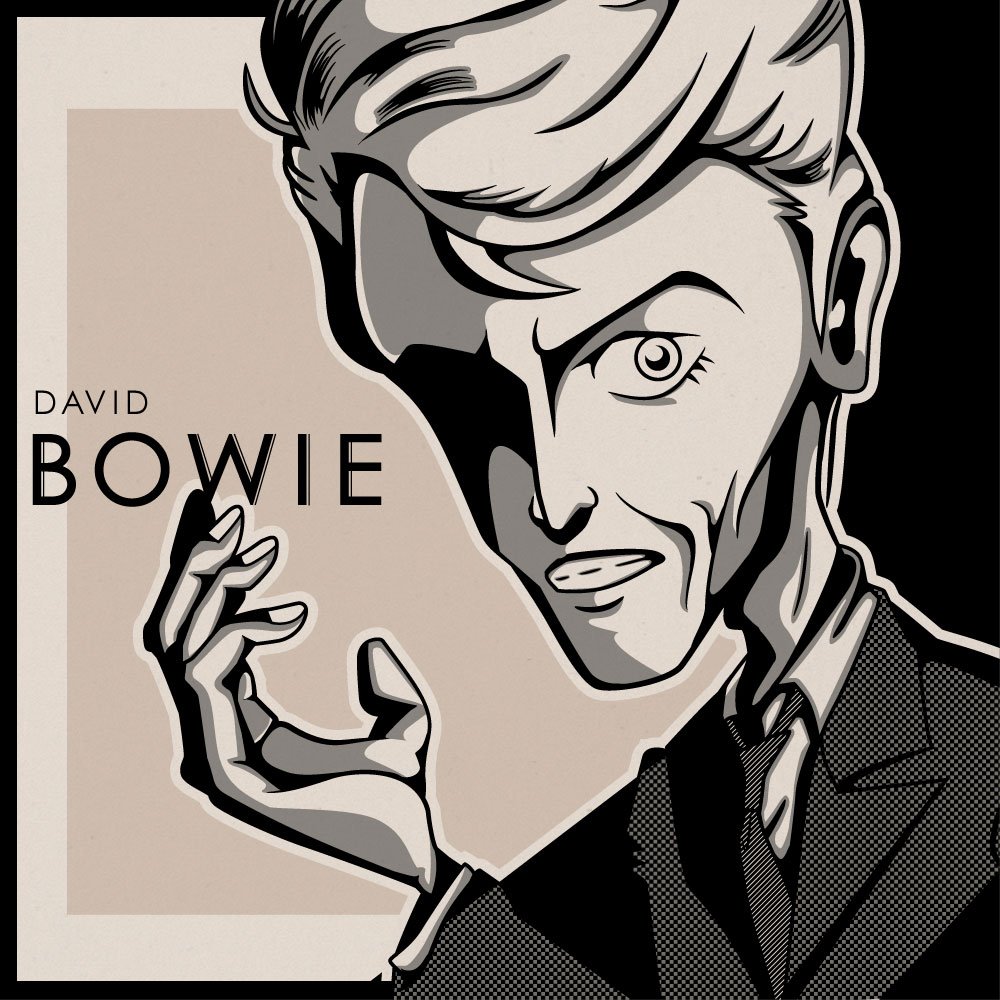
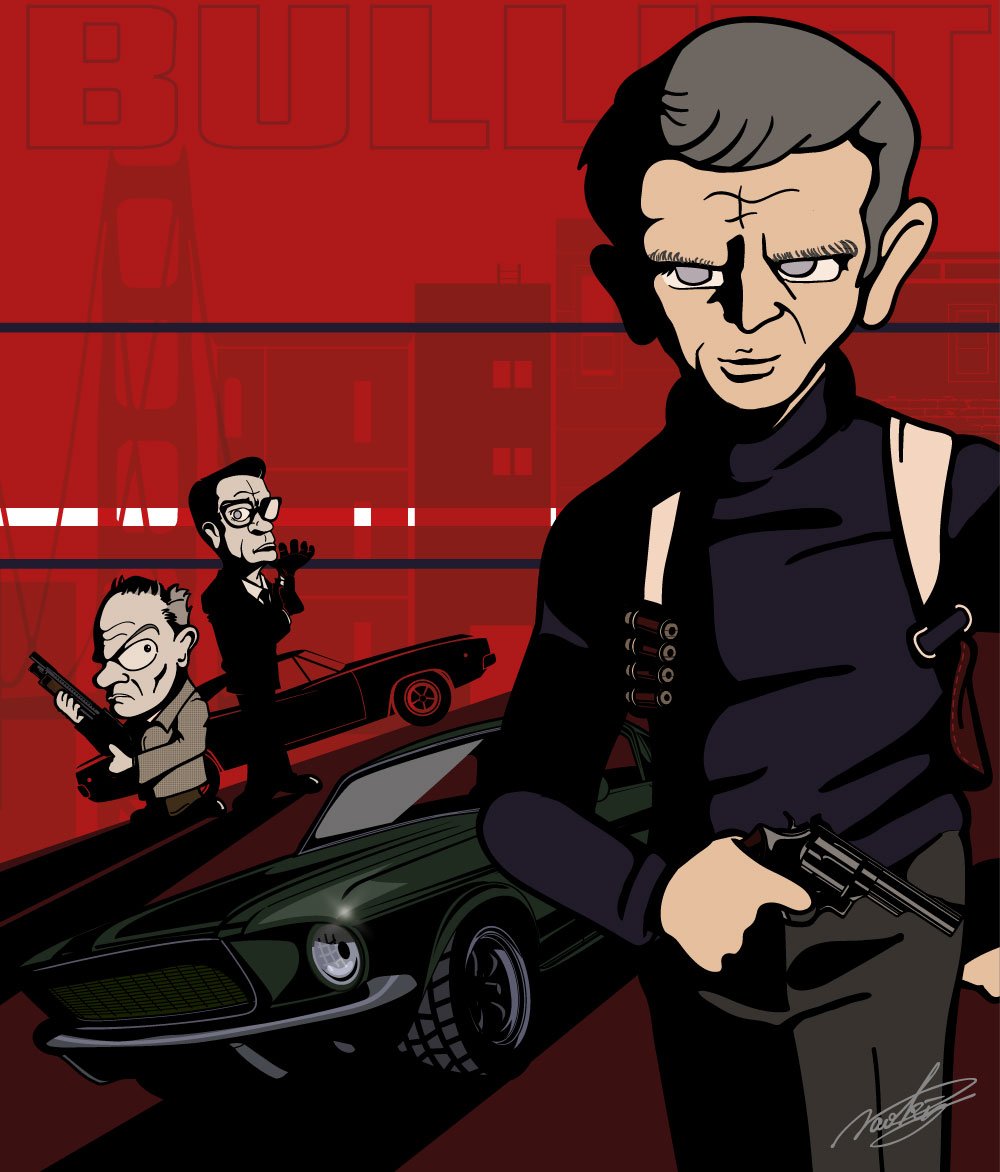
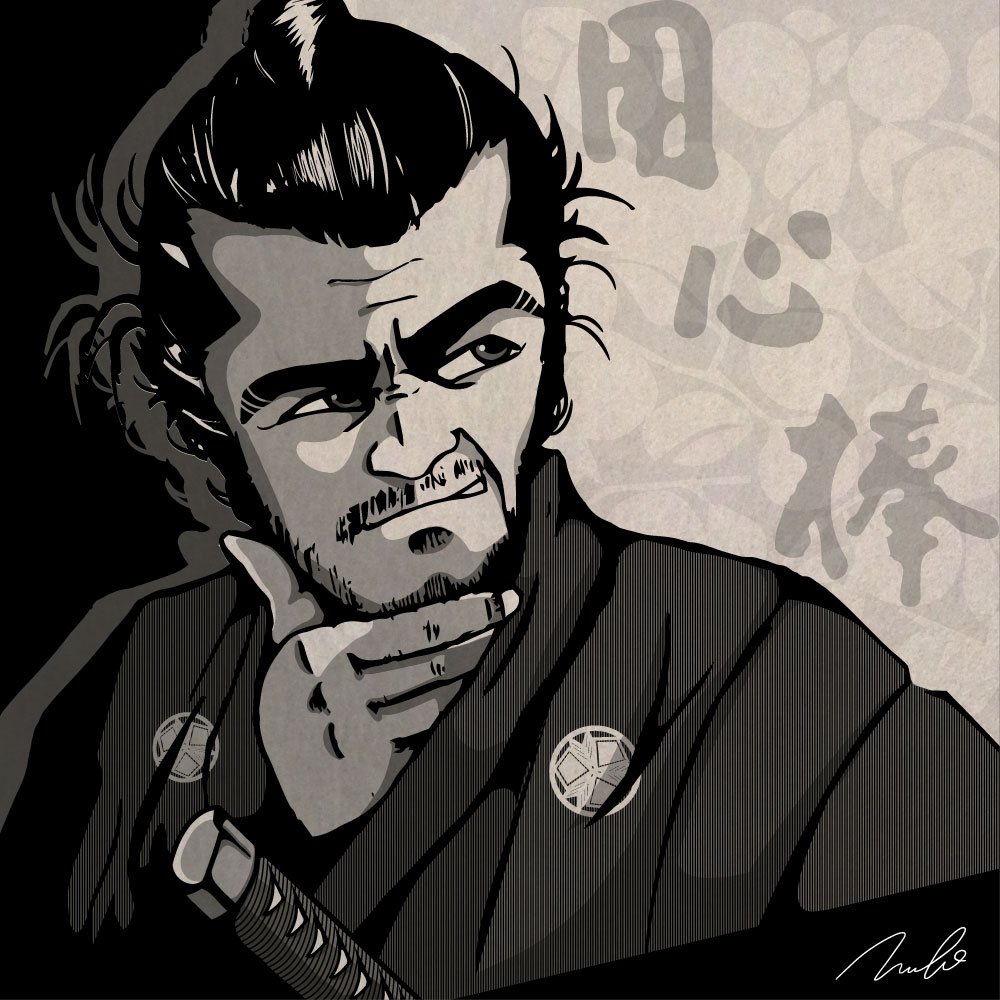
What is your creative process like?
“I will never touch anything until I have a clear picture of the idea in my mind, to avoid the journey going wrong. Once I have a picture, I bring it out onto the paper and start sketching with a pencil. Nobody would be able to understand my first sketches as they are very rough lines, but this rough, messy sketch is the most important part of my work. It guides me the whole way until the piece is finished. Call me old school, but pencil and paper always come first over digital gigs.
Then I start digital drawing. I use Adobe Illustrator because I like vector graphics, and my drawing style fits in vectors. I draw on the iPad with an Apple pencil via an AstroPad, which enables me to synchronize my desktop screen onto the iPad. This app is very useful and I have been using it for a long time.”
What is an artist’s role in society and how do you see that evolving?
“Artworks are not just simply something to see. They are also a messenger to convey the primal message from the sender. Art is like advertising, which encourages people to buy a particular product over other similar products, or propaganda posters which change people's minds about war. The story developed from these artworks could be a part of changing the world. Moreover, one artwork could raise people up from where they are and it might change their life.
Since artists have the gift of being able to create art elements, we have a huge responsibility for our artistic outcome, and we need to consider how it is influential to society.”



